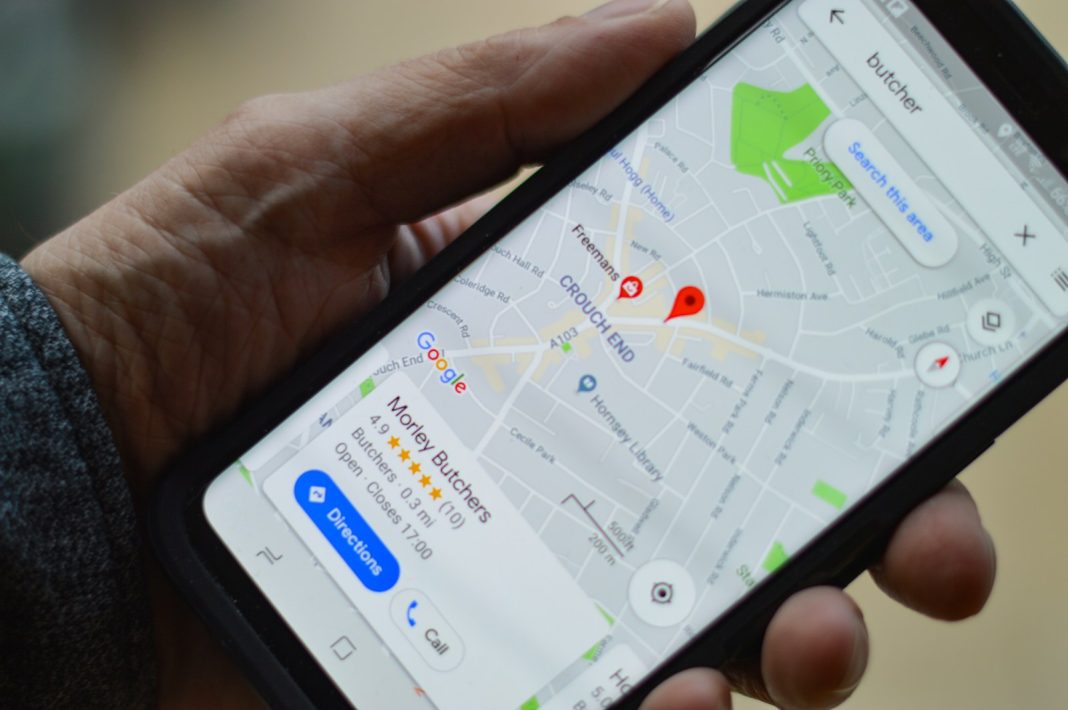In a significant shift affecting users worldwide, Google has announced a major change to its Maps Timeline feature, a tool that has allowed users to track and revisit their past travels. Previously known as Location History, the Timeline function automatically logs users’ locations, creating a detailed record of their journeys and routes. This data has traditionally been stored in the cloud, accessible from any device linked to a user’s Google Account. However, this accessibility is set to change, and users must act swiftly to preserve their historical data.
A Change in Data Handling
Google’s decision to transition away from cloud-based storage for Timeline data marks a significant shift in how users will interact with this feature. Going forward, Timeline data will be generated and stored locally on users’ devices rather than being uploaded to the cloud. This means each device will independently maintain its own Timeline data without synchronisation across multiple devices.
For instance, if a user primarily uses an iPhone for navigation but switches to an Android device for a specific trip, the location data from that trip will only be accessible on the Android device. This new approach to data handling aims to enhance user privacy by ensuring that precise location data is not continuously logged in the background and stored remotely.
Implications for Users
The move away from cloud storage has several implications for users, the most notable being the potential loss of historical Timeline data. Google has notified affected users that it will attempt to retain the last 90 days of Timeline data from the first device used with their Google Account after 1 December 2024. However, any data older than this will be permanently deleted unless users take action to save it.
Steps to Preserve Your Data
Preserving your existing Timeline data is a straightforward process, though it requires timely action. Users must update the Google Maps app on the device they wish to retain their data on. Following the update, users will receive a prompt via push notification, email, or in-app notification guiding them through the necessary steps to save their data. By following these instructions and completing the process, users can ensure their Timeline data is preserved on their chosen device.
It is crucial for users to complete this process before the 1 December 2024 deadline to avoid losing their historical location data. Additionally, users may want to consider backing up their Timeline data to ensure it remains accessible if they switch devices in the future.
Enabling Timeline for New Users
For users who do not currently have Timeline enabled, the feature must first be activated within their Google Account settings. Once enabled, users will need to follow the same process to save their data locally. It should be noted that with this update, Timeline data will no longer be accessible via the web interface, further emphasising the importance of managing data through the app itself.
Privacy Considerations
Google’s shift to device-specific Timeline data storage aligns with broader trends in data privacy and security. By localising data storage, Google aims to reduce the risks associated with cloud-based data breaches and unauthorised access. Users will have greater control over their location data, knowing it is not being continuously uploaded and stored remotely. However, this also means users must be diligent in managing their data to prevent unintentional loss.
Looking Ahead
As technology continues to evolve, companies like Google are constantly adjusting their practices to balance convenience, functionality, and privacy. While the upcoming changes to Google Maps’ Timeline feature may initially pose challenges for some users, they also reflect a growing emphasis on user privacy and data security.
For now, users are encouraged to take proactive steps to safeguard their travel history and adjust to the new system of localised data storage. As the 1 December 2024 deadline approaches, timely action will be essential to ensure that valuable location data is not lost.
In conclusion, Google’s transition away from cloud-based Timeline data represents a significant shift in how users will interact with their travel history. By understanding the implications and taking the necessary steps to preserve data, users can continue to enjoy the benefits of this feature while adapting to the new privacy-focused approach. Looking forward, it will be interesting to see how this change impacts user behaviour and what further innovations Google may introduce to enhance the Maps experience.


